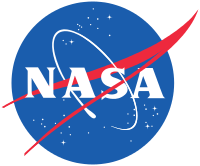Global Ocean Salinity and the Water Cycle Workshop
at Woods Hole Oceanographic Institution, Woods Hole, Mass., USA
May 22-26, 2017
The oceans are the largest reservoir in the global water cycle and the ultimate source of all rainfall. Sea surface salinity responds directly to the net gain or loss of water at the ocean surface. Significant progress in monitoring the global ocean salinity field has been made in recent decades with both in-situ and satellite technology. These new observing capabilities are leading to new insights into the connectivity between the upper ocean salinity and the global water cycle. The ocean salinity field has emerged as a superior indicator of change in the water cycle and can provide new predictive capabilities for rainfall on land. Thus, it is important to promote and sustain salinity observations and the understanding of how salinity variability originates and its role in the physics of the upper ocean.
To these ends there will be a workshop on “Global Ocean Salinity and the Water Cycle” at the Woods Hole Oceanographic Institution May 22-26, 2017. The meeting will begin at 9AM on the 22nd and end by noon on Friday the 26th. The detailed agenda will be developed as Abstracts come in.
Topics will include:
- Salinity and the water cycle: trends and variability
- Remote sensing of salinity and other water cycle variables
- In-situ salinity measurements
- Synthesis of salinity measurements (Remote/in-situ, etc)
- Salinity process studies (SPURS, ASIRI)
- Freshwater discharges from land and ice
- Salinity processes in models
- Challenges of future salinity observing, including new techniques and sustainability
Both Oral and Poster sessions are planned.
Funding
The Global Ocean Salinity Workshop is made possible by funding from the National Aeronautics and Space Administration.
